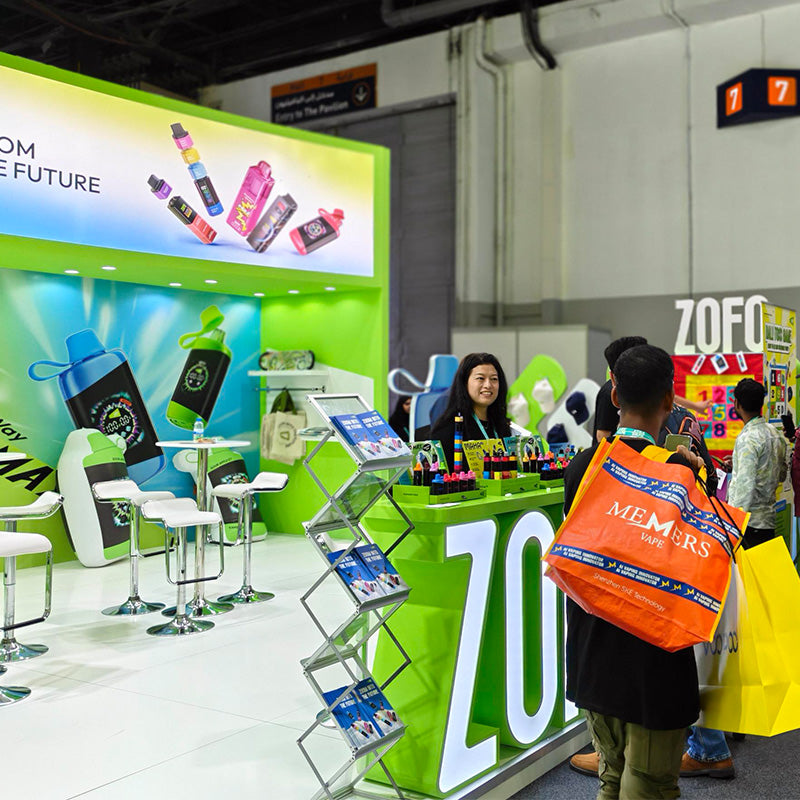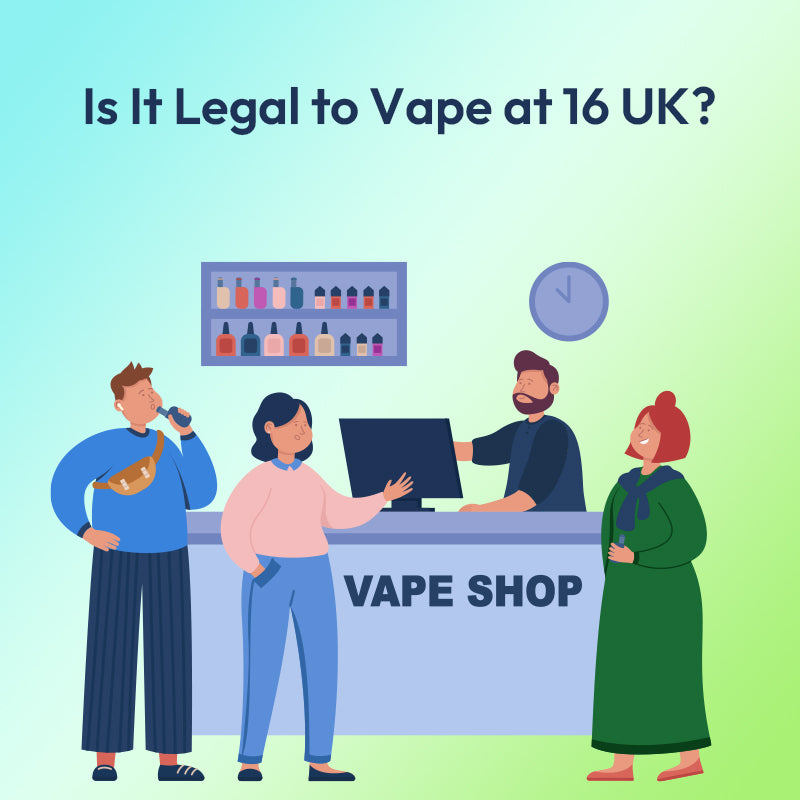TPD vs Non-TPD Vapes: What's the Difference
If you’re looking to expand your vape business across the UK or European Union, you may have come across the term "TPD-compliant vape." It sounds like industry jargon, but it carries real weight—especially if you're sourcing products for regulated markets. In this article, we break down what TPD means, how it differs from non-TPD vape versions, and what it all means for you as a distributor or retailer.
What Does TPD Mean in Vaping?
The TPD stands for Tobacco Products Directive. Now, you might be thinking—aren't we talking about vapes here, not tobacco? Well, yes, but the EU lumped e-cigarettes in with traditional tobacco products when they rolled out this directive back in 2016. The whole point was to create standardized safety rules across EU countries while keeping these products away from kids.
Think of it as the EU's way of saying, "If you want to sell vapes here, you need to follow our rules." Although the UK is no longer part of the EU, it continues to enforce its own version of the directive, which remains nearly identical in scope and detail.

Key Requirements of TPD Vapes
If you're wondering what a TPD vape is, here are the essentials:
-
Nicotine Strength: With a maximum limit of 20 mg/mL
-
Tank Capacity: Maximum of 2 mL per tank or pod
-
E-liquid Bottle Size: For nicotine-containing liquids, the bottle can't exceed 10ml
-
Packaging Requirements: Products must be childproof and tamper-evident
-
Banned Ingredients: Certain additives, like caffeine and colorings, are prohibited
-
Warning Labels: Must include standardized health warnings, covering at least 30% of the packaging
-
Pre-Market Notification: Manufacturers are required to notify authorities six months before selling a new product
All these requirements aim to increase safety and transparency, making it easier for consumers to make informed choices.
TPD vs Non-TPD Vapes—Main Differences
| Feature | TPD-Compliant Vapes | Non-TPD Vapes |
|---|---|---|
| Nicotine Strength | Max 20 mg/mL (2%) | Can exceed 20 mg/mL (often 50 mg available) |
| Tank/Pod Capacity | 2 mL max | Larger capacities |
| E-liquid Bottle Size | Maximum 10 mL for nicotine-containing liquids | Larger bottles available |
| Ingredient Restrictions | Strict controls on allowed ingredients | Fewer ingredient restrictions |
| Child Safety | Mandatory (child-resistant packaging & design) | Not always required |
| Packaging & Labels | Mandatory warnings, ingredient lists | Fewer restrictions (brand-dependent) |
| Market Availability | Legal in EU/UK markets | Illegal for sale in EU/UK, available in other regions |
This helps B2B buyers, especially vape wholesalers, clearly distinguish between TPD and non-TPD vape markets.

Is TPD Vape Only for the European Market?
Pretty much, yes. TPD regulations target EU member states specifically, with the UK maintaining parallel requirements post-Brexit. These rules don't apply anywhere else.
America runs on FDA oversight instead. The PMTA process creates different hurdles, different timelines, and different compliance costs. What works for Europe won't necessarily clear U.S. regulatory requirements.
Smart distributors match products to destinations:
-
European customers need TPD versions
-
American buyers want FDA-cleared options
Why TPD Compliance Matters for B2B Distributors
Vape compliance isn't optional—it’s business survival in regulated markets. Legal sales rights depend entirely on proper certification. Non-compliant products can't be sold legally, regardless of quality or demand.
Financial risks multiply quickly:
-
Customs seizures
-
Platform bans
-
Regulatory fines
Platform approvals require documentation. Amazon, eBay, and payment processors check compliance status before approving vape listings.
Supplier credibility suffers when regulatory knowledge lacks depth. OEM/ODM clients expect partners who understand market requirements thoroughly.
How to Choose the Right Vape for Your Market
To streamline your international business, match your product selection with your target market’s regulations:
-
If selling in the UK or EU, prioritize TPD edition vapes with the required capacity, labeling, and safety features.
-
For the U.S., ensure your products are FDA-listed and authorized under the PMTA framework.
-
Work with manufacturers that offer dual-version products (TPD and non-TPD). This gives your business flexibility to operate across multiple regions.
Multi-market strategies require flexible suppliers. Companies like ZOFO manufacture both TPD and standard versions, letting distributors serve different regions efficiently without managing multiple vendor relationships.
Conclusion
As regulatory scrutiny grows across international markets, choosing the right vape product has never been more important. Regulatory compliance not only secures market access but also protects against legal risks and builds long-term brand credibility.
Distributors who stay on top of regulatory requirements protect their business, while those who ignore them face expensive consequences. The solution is straightforward: match your products to each market's demands—TPD-compliant devices for the UK and EU, and tailored options for other regions. Get this wrong, and it costs you. Get it right, and you unlock lasting growth and market edge.
This is exactly what ZOFO delivers. We provide comprehensive vape solutions—both TPD-compliant models engineered for European markets and versatile alternatives for global expansion—giving your business the regulatory confidence and product flexibility to scale successfully.





